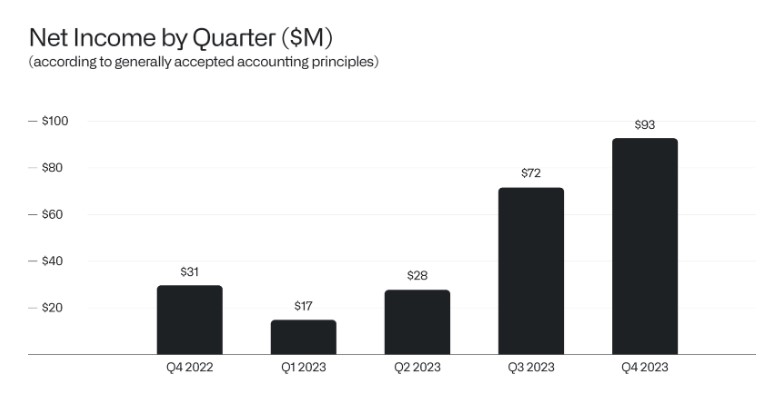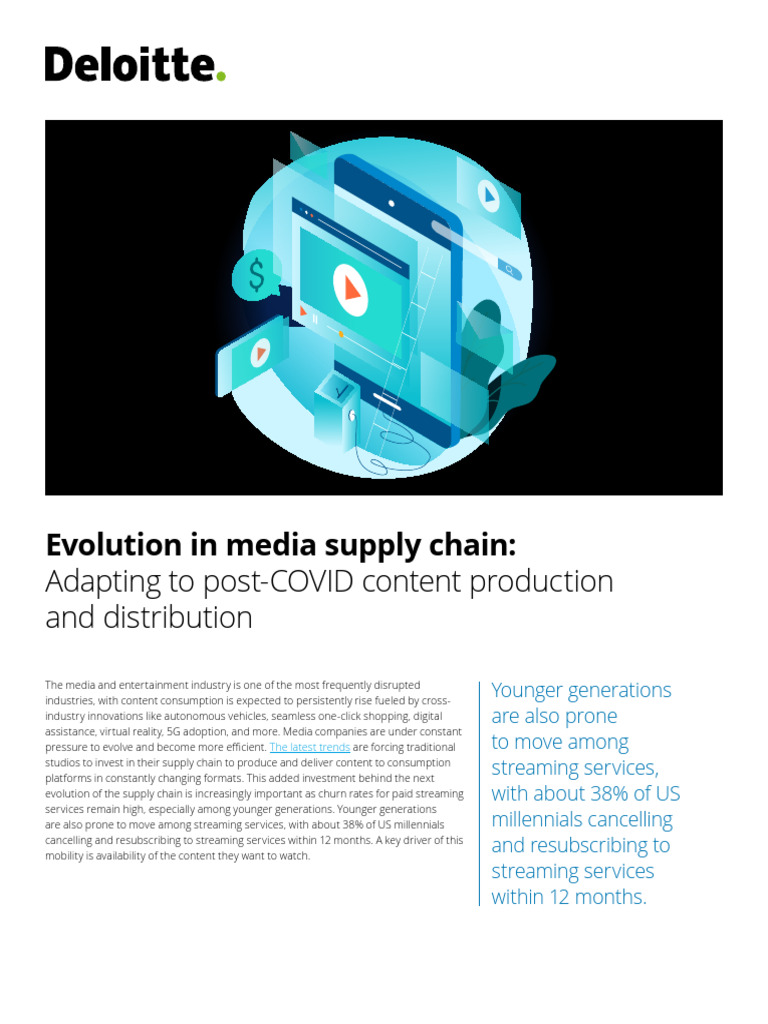Severe Mental Illness And Violence: Addressing The Academic Failures In Understanding

Table of Contents
Methodological Flaws in Existing Research
Many studies exploring the link between severe mental illness and violence suffer from significant methodological weaknesses. These flaws undermine the validity of conclusions and contribute to the perpetuation of harmful stereotypes.
Overreliance on Retrospective Studies
Retrospective studies, relying on participants recalling past events, are inherently prone to biases. Recall bias, where memories are inaccurate or incomplete, is a major concern. The impact of stigma also influences self-reporting, with individuals potentially downplaying violent acts or mental health struggles.
- Examples of flawed study designs: Studies relying solely on police records or hospital admissions, which may not capture the full picture of violence or mental health status.
- Difficulties in accurately assessing past behaviors: The passage of time makes it challenging to accurately reconstruct events and assess the context of violent incidents.
- Impact of stigma on self-reporting: Individuals with SMI may be hesitant to disclose past violent behaviors due to fear of judgment or discrimination.
Lack of Longitudinal Studies
The dynamic nature of mental illness and its relationship to violence necessitate longitudinal studies. Cross-sectional studies, offering a snapshot in time, fail to capture the complexities of this evolving relationship.
- Importance of prospective research: Prospective studies follow individuals over extended periods, allowing researchers to track changes in behavior and mental health status.
- Capturing the dynamic nature of mental illness and its relationship to violence: Longitudinal studies can identify triggers, risk factors, and protective factors that influence the likelihood of violence.
- Limitations of cross-sectional studies: Cross-sectional studies can only show correlations at a single point in time, not causality.
Insufficient Control for Confounding Factors
Many studies fail to adequately control for confounding factors that can influence both SMI and violent behavior. These include substance abuse, socioeconomic status, and childhood trauma.
- Examples of confounding variables: Substance abuse can significantly increase the risk of violence, regardless of mental health status. Socioeconomic disadvantage can increase stress and contribute to both mental illness and violence.
- Statistical methods for controlling these variables: Multivariate analyses and regression models are necessary to account for the influence of multiple variables.
- Limitations of studies that fail to account for confounders: Studies neglecting confounders risk drawing inaccurate conclusions about the direct relationship between SMI and violence.
The Problem of Causal Inference
A frequent error in interpreting research on SMI and violence is equating correlation with causation. Simply because SMI and violence are statistically associated does not mean one causes the other.
Correlation vs. Causation
Many studies demonstrate a correlation between SMI and violence, but this does not establish a causal link. Other factors may be responsible for the observed association.
- Examples of spurious correlations: A correlation between two variables could be due to a third, unmeasured variable.
- Importance of establishing causality: Robust research requires demonstrating a direct causal pathway between SMI and violence.
- Need for mechanistic explanations: Understanding the underlying mechanisms linking SMI to violence is crucial for developing effective interventions.
The Role of Other Risk Factors
Violence is a complex phenomenon with multiple contributing factors. Attributing violence solely to SMI ignores the significant role of other risk factors.
- Importance of multi-factorial models: Understanding violence requires considering the interplay of multiple factors, including SMI, substance abuse, social disadvantage, and childhood trauma.
- The interaction between SMI and other risk factors: The presence of SMI may increase the risk of violence, but only in the context of other risk factors.
- Implications for prevention strategies: Effective prevention strategies must address multiple risk factors rather than focusing solely on SMI.
Ethical Considerations and Stigma
Research on SMI and violence raises significant ethical concerns, particularly regarding the potential for perpetuating stigma and jeopardizing participant rights.
The Perpetuation of Stigma
Research findings can inadvertently reinforce negative stereotypes about individuals with SMI, fueling stigma and discrimination.
- Impact of media representation: Sensationalized media coverage can exacerbate negative stereotypes.
- The importance of responsible reporting: Researchers and journalists have a responsibility to communicate research findings accurately and ethically.
- Strategies for mitigating stigma: Public education campaigns, emphasizing the complexity of violence and the importance of treatment, can counter negative stereotypes.
Informed Consent and Participant Vulnerability
Obtaining informed consent from individuals with SMI can be challenging due to their vulnerability and potential cognitive impairments.
- Importance of protecting participant rights: Research must prioritize the well-being and rights of participants, ensuring their informed consent is truly voluntary.
- Challenges in obtaining informed consent: Researchers need to be sensitive to the cognitive abilities and vulnerabilities of participants with SMI.
- Ethical review processes: Rigorous ethical review processes are essential to ensure that research involving individuals with SMI is conducted ethically.
Recommendations for Future Research and Policy
Improving our understanding of the relationship between severe mental illness and violence requires significant improvements in research methodology, treatment access, and public awareness campaigns.
Improving Research Methodology
Future studies should employ robust methodologies to minimize biases and strengthen causal inference.
- Use of large, representative samples: Larger samples increase the generalizability of findings.
- Incorporation of qualitative methods: Qualitative research can provide richer insights into the lived experiences of individuals with SMI.
- Development of standardized assessment tools: Standardized tools improve the reliability and validity of data collection.
Addressing the Treatment Gap
Limited access to effective mental health treatment is a major obstacle in preventing violence. Improving access is crucial.
- Expanding access to mental healthcare services: Increasing the availability of mental health services, including community-based care.
- Early intervention programs: Early identification and treatment of mental illness can reduce the risk of violence.
- Reducing barriers to care: Addressing financial, geographical, and cultural barriers to accessing mental health care.
Informing Policy and Public Awareness
Research findings should inform evidence-based policies and public awareness campaigns.
- Development of evidence-based policy recommendations: Policies should be based on the best available scientific evidence.
- Public awareness campaigns to challenge stereotypes: Educating the public about the complexity of SMI and violence can reduce stigma.
- Promoting understanding and empathy: Fostering empathy and reducing stigma through community education and awareness initiatives.
Conclusion
The existing body of research on the relationship between severe mental illness and violence suffers from significant methodological flaws, ethical concerns, and a tendency to oversimplify a complex issue. Addressing these shortcomings is crucial for fostering a more nuanced and accurate understanding. To advance our understanding and mitigate the harmful effects of inaccurate perceptions, we must demand more rigorous and ethical research on severe mental illness and violence. This requires collaborative efforts from researchers, policymakers, and mental health professionals to break down stigma and improve the lives of individuals affected by SMI. Improved research methodologies and ethical practices are paramount for accurately evaluating the relationship between severe mental illness and violence.

Featured Posts
-
 Who Is David Exploring The Top 5 Theories Surrounding The He Morgan Brother In High Potential
May 09, 2025
Who Is David Exploring The Top 5 Theories Surrounding The He Morgan Brother In High Potential
May 09, 2025 -
 Stock Market Live Sensex And Nifty Rally Sector Wise Analysis
May 09, 2025
Stock Market Live Sensex And Nifty Rally Sector Wise Analysis
May 09, 2025 -
 Madeleine Mc Cann Parents Police Probe Fresh Safety Threats
May 09, 2025
Madeleine Mc Cann Parents Police Probe Fresh Safety Threats
May 09, 2025 -
 Should You Buy Palantir Stock Before May 5th Wall Streets Surprising Consensus
May 09, 2025
Should You Buy Palantir Stock Before May 5th Wall Streets Surprising Consensus
May 09, 2025 -
 9 Maya V Kieve Kto Priekhal A Kto Otkazalsya Makron Starmer Merts Tusk
May 09, 2025
9 Maya V Kieve Kto Priekhal A Kto Otkazalsya Makron Starmer Merts Tusk
May 09, 2025
Latest Posts
-
 Pam Bondis Alleged Possession Of The Epstein Client List An Investigation
May 10, 2025
Pam Bondis Alleged Possession Of The Epstein Client List An Investigation
May 10, 2025 -
 Chinas Canola Imports A Diversification Strategy
May 10, 2025
Chinas Canola Imports A Diversification Strategy
May 10, 2025 -
 The Impact Of Canada China Relations On Canola Trade
May 10, 2025
The Impact Of Canada China Relations On Canola Trade
May 10, 2025 -
 Chinas Canola Supply Chain Adapting To The Canada Trade Shift
May 10, 2025
Chinas Canola Supply Chain Adapting To The Canada Trade Shift
May 10, 2025 -
 Is The Attorney Generals Fox News Presence A Distraction From Other Issues
May 10, 2025
Is The Attorney Generals Fox News Presence A Distraction From Other Issues
May 10, 2025
